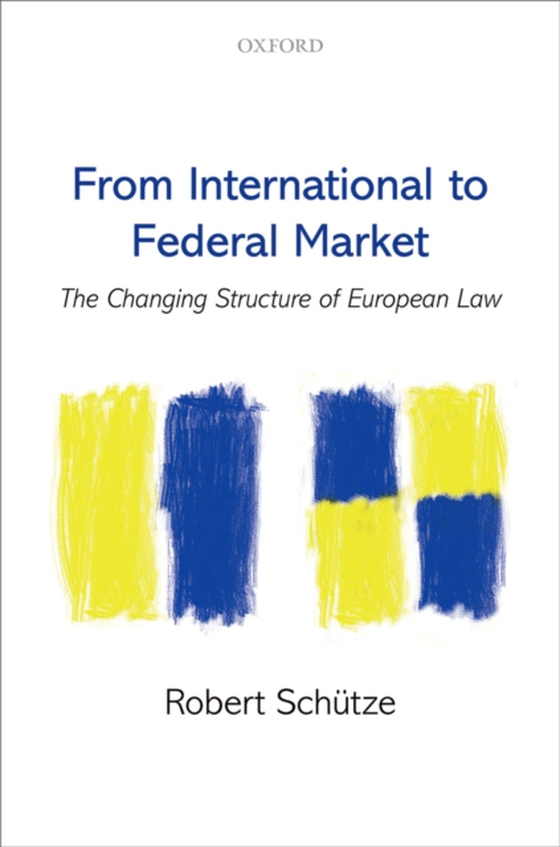
From International to Federal Market e-bog
948,41 DKK
(inkl. moms 1185,51 DKK)
What are the different market types that shape the European Union's internal market? Schutze proposes three models that assist in explaining the transitions in the structure of the EU internal market. The international model demands that each state limits its external sovereignty, while retaining internal sovereignty over its national market. The federal model declares that within a "e;comm...
E-bog
948,41 DKK
Forlag
OUP Oxford
Udgivet
15 august 2017
Længde
368 sider
Genrer
1QFE
Sprog
English
Format
pdf
Beskyttelse
LCP
ISBN
9780192525055
What are the different market types that shape the European Union's internal market? Schutze proposes three models that assist in explaining the transitions in the structure of the EU internal market. The international model demands that each state limits its external sovereignty, while retaining internal sovereignty over its national market. The federal model declares that within a "e;common market"e; states must lose a part of their internal sovereignty, and inaccordance with the principle of "e;home state"e; control, goods are entitled to be sold freely on a "e;foreign"e; market in compliance with home state law. The national model proposes that the trade restrictions above a legislative or judicial Union standard should be removed. Schtze's book analyses the changing structure of European law in relation to the European internal market. The General Part starts out by offering a historical analysis of the relationship between international law and market coordination up to the twentieth century but also provides an in-depth analysis of the constitutional principles which controlled the "e;integration"e; of the US "e;common market"e;. The Special Part then specifically addresses the decline of the international model inrelation to the EU internal market and the corresponding rise of a federal market philosophy after Cassis de Dijon. The final chapter explores the exceptional constitutional principles that apply to fiscal matters. This is the second volume in Schtze's trilogy on the "e;Changing Structure of European Law"e;. Exploring the changing structure of negative integration in the past 60 years, the book complements his previous volume "e;From Dual to Cooperative Federalism"e; which analysed the evolving structure of positive integration. A third volume will finally explore the formal constitutional aspects in the evolution of the European Union into a federal union of States.
 Dansk
Dansk

